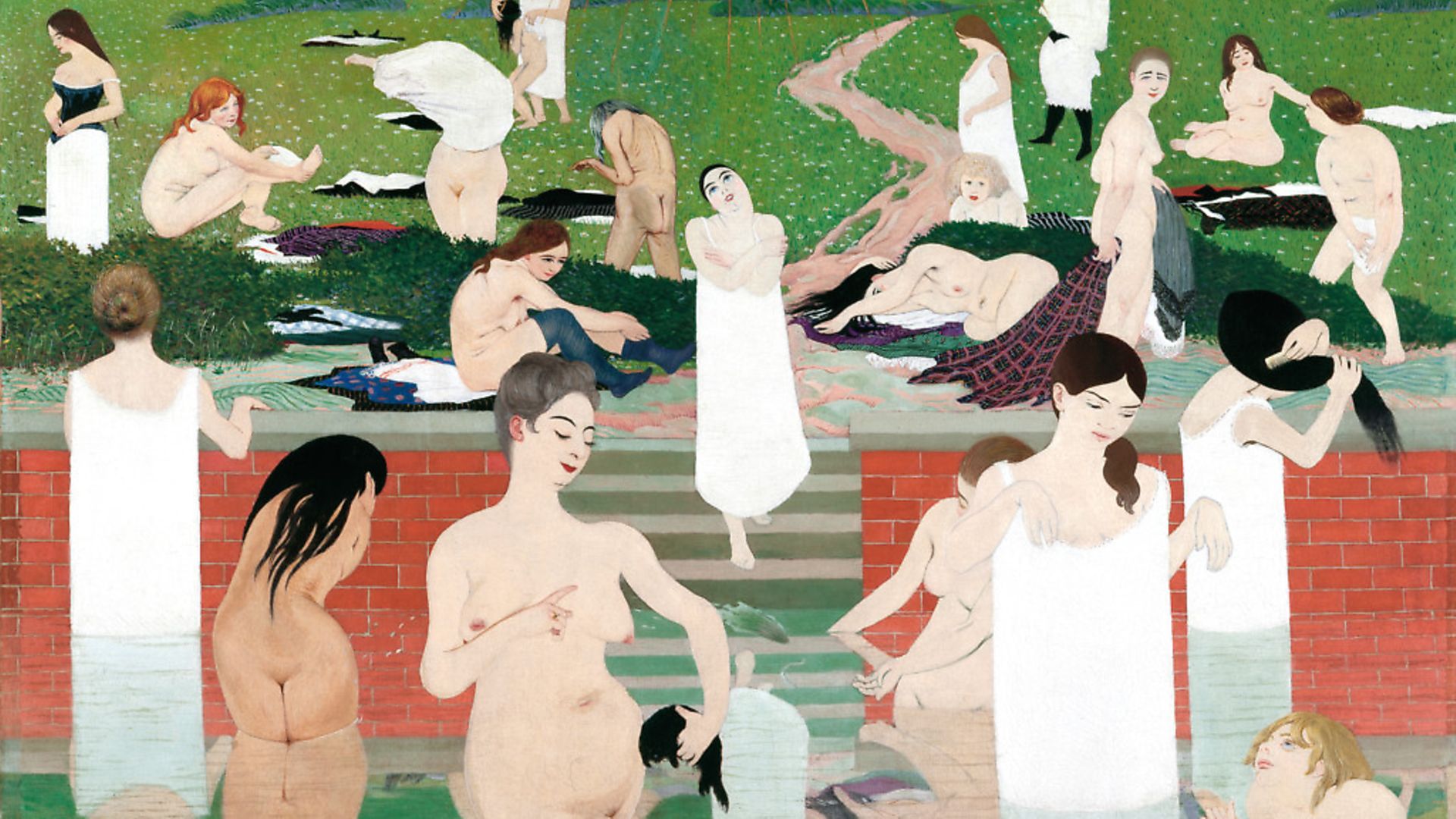
Félix Vallotton may have been long overshadowed by his contemporaries but a new exhibition aims to redress the balance.
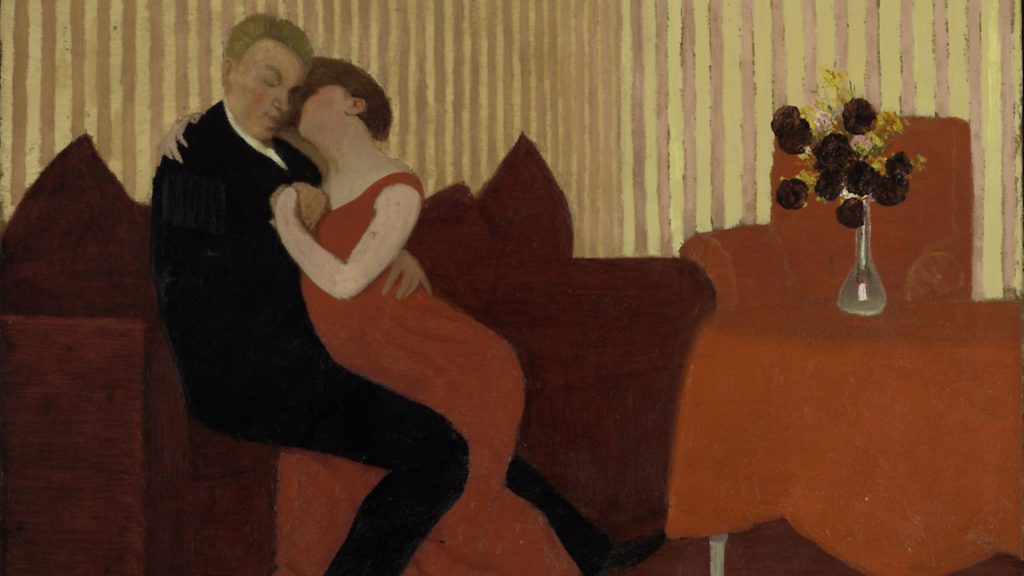
Politics and poetry, reviews and radical polemics… the editorial mix in the fortnightly La Revue blanche, on the cusp of the 19th and 20th centuries, would have felt very familiar to readers of The New European. For 13 years it was published by the Natanson brothers, Alexander, Thaddeus and Louis-Alfred, but with photographic reproduction still in its infancy, its text was enlivened by original artwork, creating a valuable outlet for those with print-making skills.
Foremost among these was Félix Vallotton, the Swiss-born artist who in his teens headed for Paris, the artistic hub of European art, and made the city his home until his death at 60 in 1925. Scarcely know today, Vallotton is distinguished by work for La Revue blanche dominated by observations of Paris life that are often bleak or blackly comic.
At the Royal Academy in London, an exhibition that revisits this singular artist reveals a man who rubbed shoulders with the cream of the art world, but viewed his adopted city with the eye of the outsider. His story, retraced in Félix Vallotton: Painter of Disquiet, begins with his arrival in Paris at the age of 16 from his native Lausanne. Enrolling at the Académie Julian and working in the studios of established painters, his Self-portrait at the Age of Twenty was awarded a distinction at the important Salon des Champs-Elysées.
The assured young man in this oil painting of 1885 looks through the viewer, as if to something only he can see, an early sign of the penetrating vision to come. He would appear again in person in The Five Painters (1902-03), slightly removed from his four friends and colleagues in this portrait of, among others, Pierre Bonnard and Edouard Vuillard. These two self-styled Nabis (Prophets) were a huge influence on the new arrival, as were artists of an earlier age, notably the Dutch masters of the 17th century. In his interior scenes, Vallotton would often adopt the high viewpoint of Bonnard, furniture tipping almost into the lap of the viewer.
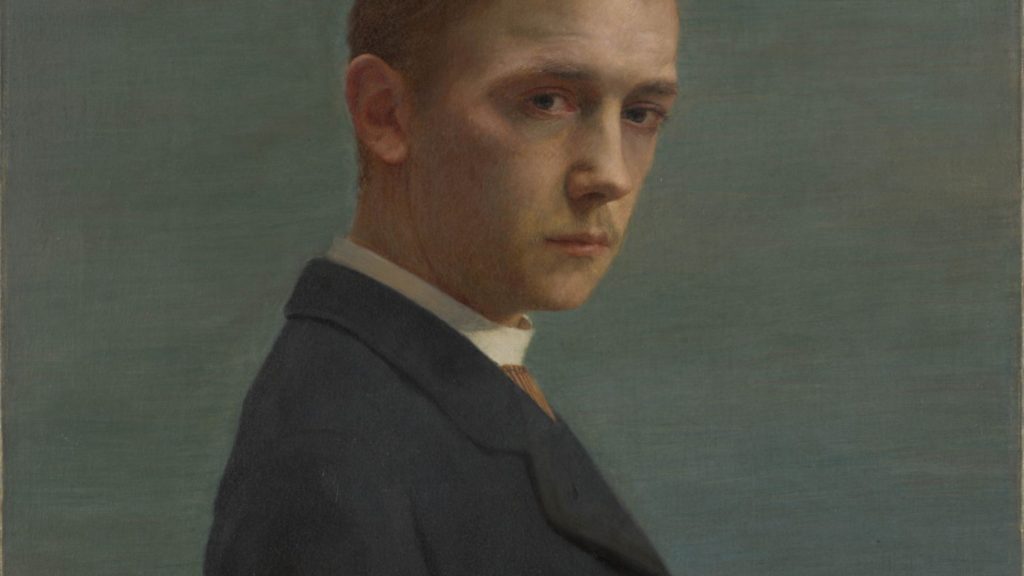
The Sick Child (1891-92), shows his gift for the deceptively simple domestic scene. The invalid sits up in bed with her back to us as the door swings open and a maid walks in with refreshment. But like the artist in his precocious self-portrait, the servant stares far beyond the girl in bed, and us, and, framed in her doorway, looks theatrically posed. She is one of the earliest of Vallotton’s many female characters, both placed in and disconnected from their everyday surroundings.
On the bedside table is virtuosically painted glassware, bottles and flasks revealing liquids and reflecting the surroundings, in the Dutch still-life manner. It is a device Vallotton returns to several times as he develops an interest in ornament and decoration. But within months of The Sick Child, a painting emerged so different and so daring that Toulouse-Lautrec felt sure it would be taken down from the exhibition, the Salon des Indépendants of 1893.
In Bathing on a Summer Evening, female nudes erotic, stylised, withered by age or distorted by reflection, gather in and around a flat, brick-sided pool with sun-striped fields beyond. Much later in his career Vallotton would return to the nude with a cool, detached eye. Observers of Bathing on a Summer Evening were baffled, missing its allusions to, among others, Ingres, whom Vallotton admired enormously, and to erotic ukiyo-e Japanese prints.
The painting was not taken down, however much it was derided, and was bought by a co-founder of La Revue blanche, so starting Vallotton’s relationship with the radical publication launched three years earlier. In Bathing on a Summer Evening we can detect the seeds of sometimes cruel caricature and ridicule that would be the hallmark of his artwork for the magazine.
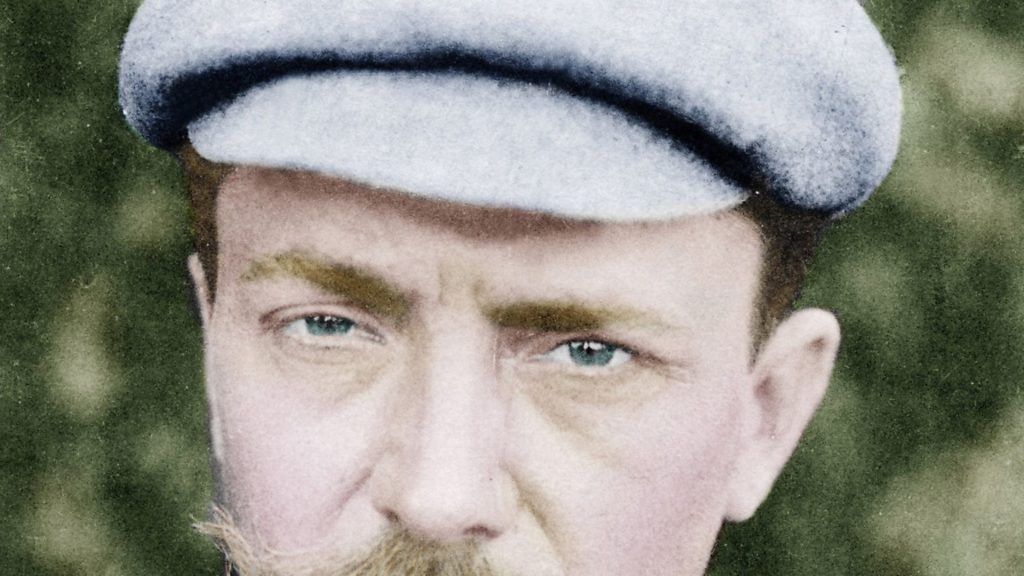
By now Vallotton’s gift for the once unfashionable art of woodcut was being recognised, helped by rapid improvements in printing reproduction and the proliferation of affordable publications which needed illustration. In 1893 Parisians could buy his collection of ribald views of their city, Paris Intense, where streets are packed with incident, trivial or disastrous, from the dash for shelter in a cloudburst to a collision between a horse-drawn carriage and a pedestrian.
Vallotton also went inside the bourgeois premises that lined those streets, depicting with obvious enjoyment all the trappings of the department store in The Bon Marché (1898). On loan from a private collection, this altarpiece to commercialism, with shoppers for saints backed by Byzantine displays of luxury goods has revealed, upon cleaning for the Royal Academy exhibition, a host of customers in its central panel, obscured for generations.
As the artist turned his attention to individual characters and couples, a series of discomforting scenes emerged with unsettling titles. We do not know who is deceiving whom in The Lie (1897), the man, eyes closed, or the whispering woman. In Five O’Clock, the cinq-à-sept affair is hemmed in by furniture; in Waiting (1899), the bottle and two glasses are ready, but will the man watching from the window be joined by the second person? Years later, the American artist Edward Hopper would command a much bigger audience for such scenes of loneliness in company, for city-based desolation.
In 1899, Vallotton married a wealthy widow, Gabrielle Rodrigues-Henriques, whom he painted in the sumptuous manner of Ingres. No longer obliged to undertake only lucrative work, he turned to new subjects that reflected his affluent new life, and it was only with the outbreak of the First World War that he returned to the acerbic and satirical woodcuts of his early career. His hard-hitting scenes on the battlefield or in wrecked homes were published in a volume, C’Est la Guerre! (1915-16), its cover apparently blood-splattered.
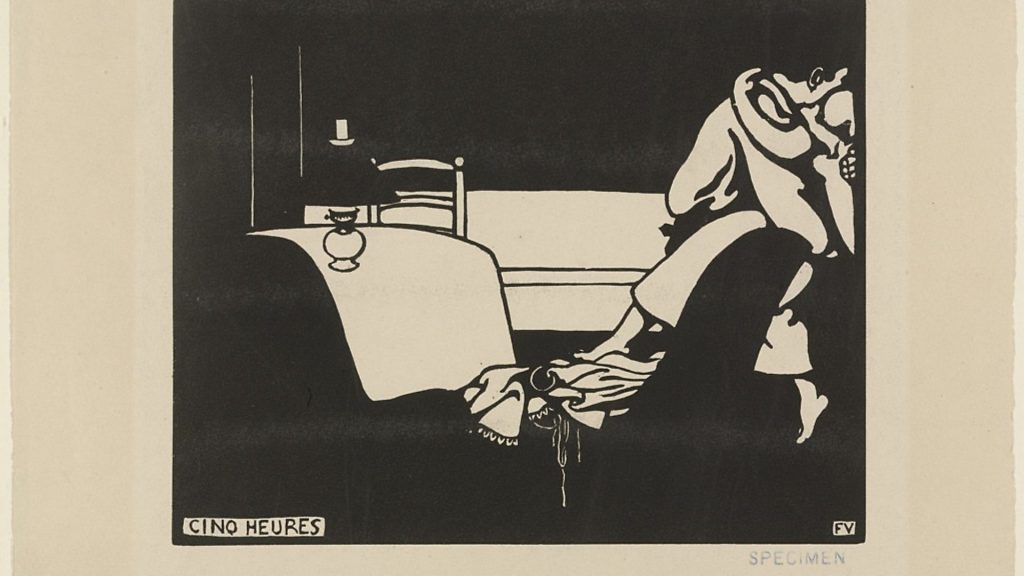
The earlier unease never leaves his newly-comfortable paintings of holidays and relaxation. The route to the marital bed seems fraught with obstacles in Interior with Woman in Red (1903), domesticity overwhelms the servant in Woman Searching Through a Linen Cupboard (1901) and in The Theatre Box (1909), no drama on stage can match that between the man and woman, trapped and distant. Violence hisses within wartime and post-war work – a blood-red reflection on the knife in Red Peppers (1915), a second knife stabbed into the cake of Still-Life with Flowers (1925).
Vallotton became naturalised French in 1900, retaining Swiss nationality. By the time of his death from cancer in 1925 his work was being shown at international exhibitions. But at a time when modernism was striding across the art world, his modest reputation was quickly overshadowed. This first exhibition of his work in the UK for more than 40 years shows an artist who would certainly have revelled in the visual possibilities of today’s divided society.
Félix Vallotton: Painter of Disquiet runs at the Royal Academy, London until September 29









